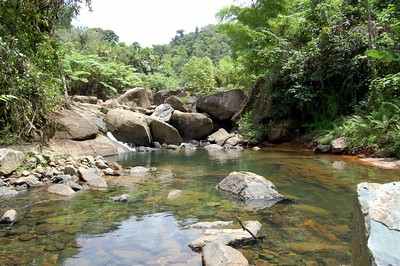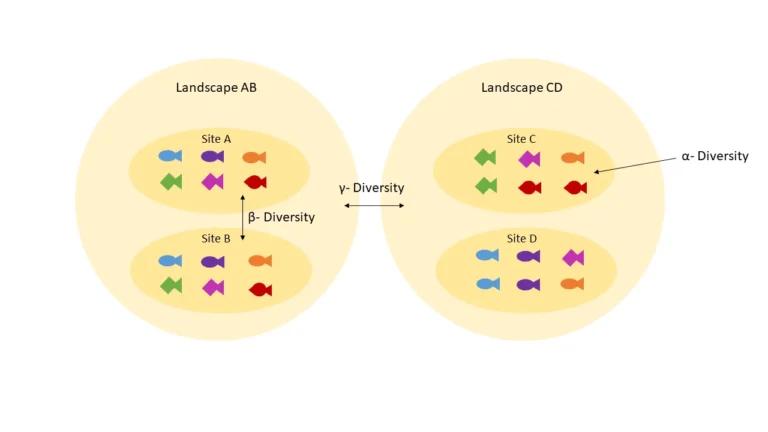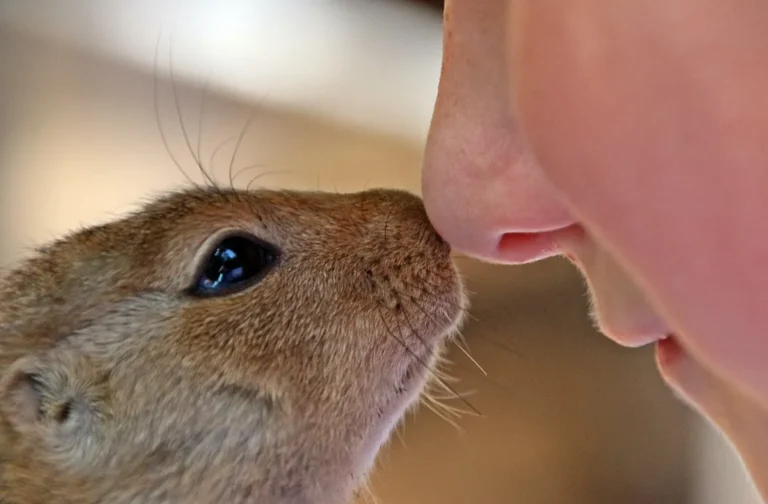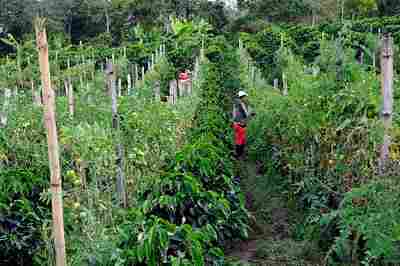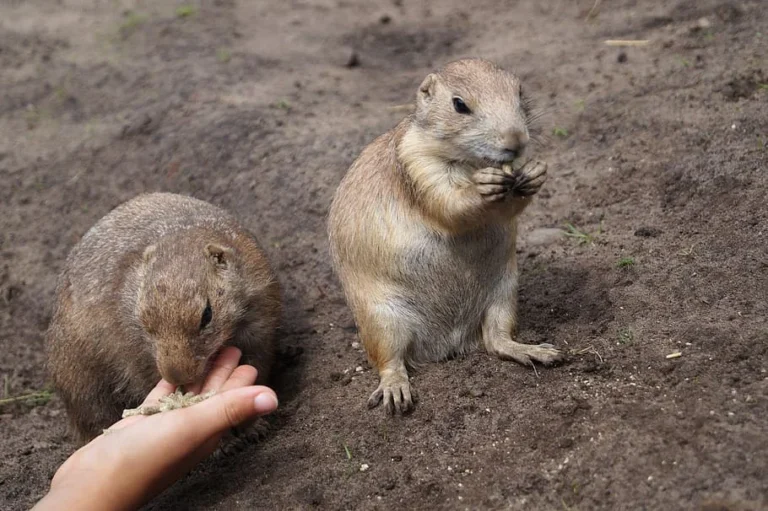Permaculture Meaning and Working Principle Explained
Permaculture is a type of sustainable farming which seeks to establish resilience and stability through replication of the dynamics of natural ecosystems. This article discusses permaculture meaning and working principle, as outlined below;
-Permaculture Meaning: 6 Ways to Define Permaculture
Permaculture Meaning: 6 Ways to Define Permaculture
Permaculture derives from the words; “permanent”, and “agri-culture”, and is therefore a system of agriculture that is aimed at achieving a state of permanence and reliability in terms of production [2].
The practice of permaculture bears similarity to other sustainable agricultural practices and principles. Some of these are mentioning in the permaculture meaning below;
Permaculture is a sustainable method of raising crop and livestock that draws from other practices and principles of sustainable agriculture such as crop rotation, conservation tillage, organic farming and biodynamic farming, to unify the conditions of the farm with those of the ecosystem, thereby boosting stability and productivity [3].
The above definition suggests that permaculture involves an attempt to unify the farm with the natural ecosystem; so that the trend of agricultural processes replicates that of natural processes like biodegradation, and the interaction between biotic/abiotic components on the farm, replicate those that occur in forests, tundras, grasslands, and deserts.
In the permaculture meaning that is given above, the relevance of natural ecologic replication is further highlighted;
Permaculture is an approach to agriculture, that achieves sustainability and permanence by aligning with, or replicating, the trend of diversity, interdependence, and recycling of bioenergy in the natural ecosystem.
Some benefits of permaculture are mentioned in the alternative permaculture meaning below;
Permaculture is an ecology-based type of agriculture which uses sustainable principles to enhance biodiversity and increase productivity, while mitigating environmental degradation and resource depletion [1].

The following permaculture meaning, mentions some principles of permaculture;
Permaculture is an innovative agricultural approach which is implemented to boost stability and productivity, on the basis of principles of waste recycling, energy storage, biologic control, resource conservation, and minimal synthetics.
Lastly, some disadvantages of permaculture are mentioned in the permaculture meaning below;
Permaculture is a type of sustainable agriculture which employs ecologic principles to optimize production, and is associated with challenges like low short-term yield, composting problems, capital cost, knowledge requirement, and practical adherence.
How Permaculture Works
Permaculture works by natural recycling, minimal disturbance, and biological control; by which resources are conserved, human interference is reduced, pests and diseases are controlled, and degradation is mitigated.
Each of the components of the working principle of permaculture is discussed below;
1). Natural Recycling (as part of the Permaculture Working Principle)
In permaculture, natural recycling is the use of natural processes to reduce wastage of resources on the farm.
Natural recycling takes advantage of the natural behaviors and capabilities of microorganisms, plants, animals, and physicochemical conditions.
As a result, nutrients, soil, biomass, and bioenergy are made available through microbial biodegradation, evaporation, condensation, and the dynamics between carbon sources and carbon sinks.
Permacultural farms may also incorporate waste-to-energy facilities like pyrolytic reactors and biorefineries, to convert waste to biofuel which can be used in energy-intensive agricultural processes.
A common example of natural recycling in permaculture is composting, by which crop residue and animal manure may be converted to useful materials for soil conservation and remediation [4].
2). Minimal Disturbance
All forms of ecologic disturbance or disruption are minimized in permaculture.
This can be achieved through sustainable practices like conservation tillage, which aims go conserve soil properties, biodiversity and stability by reducing mechanical disturbance or tillage, while cultivating crops.
Unfavorable ecologic impacts of agriculture such as erosion and desertification can be mitigated by this approach.
Minimal disturbance may also be achieved through water conservation by the implementation of rainwater harvesting, greywater recycling, and sustainable irrigation, all of which minimize the introduction of water from external sources into the agro-ecosystem.
Lastly, stability can be enhanced by minimizing the use of synthetic materials on permacultural farms.
3). Biological Control (as part of the Permaculture Working Principle)
Biological control is a means of minimizing ecologic disturbance in permaculture.
It basically involves using biological tools to solve agricultural problems like pests, weeds and diseases.
The advantage of biological control in permaculture stems from the fact that it mimics the dynamics of natural ecosystems, and reduces dependence on synthetic control methods or materials.
Conclusion
Permaculture is a system of agriculture that seeks ecologic stability on the farm through the careful utilization and conservation of natural resources.
Permaculture works by;
1. Natural Recycling
2. Minimal Disturbance
3. Biological Control
References
1). Akhtar, F.; Lodhi, S.; Shahkhan, S.; Sarwar, F. (2016). “Incorporating permaculture and strategic management for sustainable ecological resource management.” Journal of Environmental Management 179:31-37. Available at: https://doi.org/10.1016/j.jenvman.2016.04.051. (Accessed 24 October 2022).
2). Krebs, J.; Bach, S. (2018). “Permaculture—Scientific Evidence of Principles for the Agroecological Design of Farming Systems.” Sustainability 10(9):3218. Available at: https://doi.org/10.3390/su10093218. (Accessed 24 October 2022).
3). Paull, J. (2014). “Permanent Agriculture: Precursor to Organic Farming.” Available at: https://www.researchgate.net/publication/268330342_Permanent_Agriculture_Precursor_to_Organic_Farming. (Accessed 24 October 2022).
4). Tombeur, F.; Sohy, V.; Chenu, C.; Colinet, G.; Cornelis, J. (2018). “Effects of Permaculture Practices on Soil Physicochemical Properties and Organic Matter Distribution in Aggregates: A Case Study of the Bec-Hellouin Farm (France).” Frontiers in Environmental Science 5. Available at: https://doi.org/10.3389/fenvs.2018.00116. (Accessed 24 October 2022).
